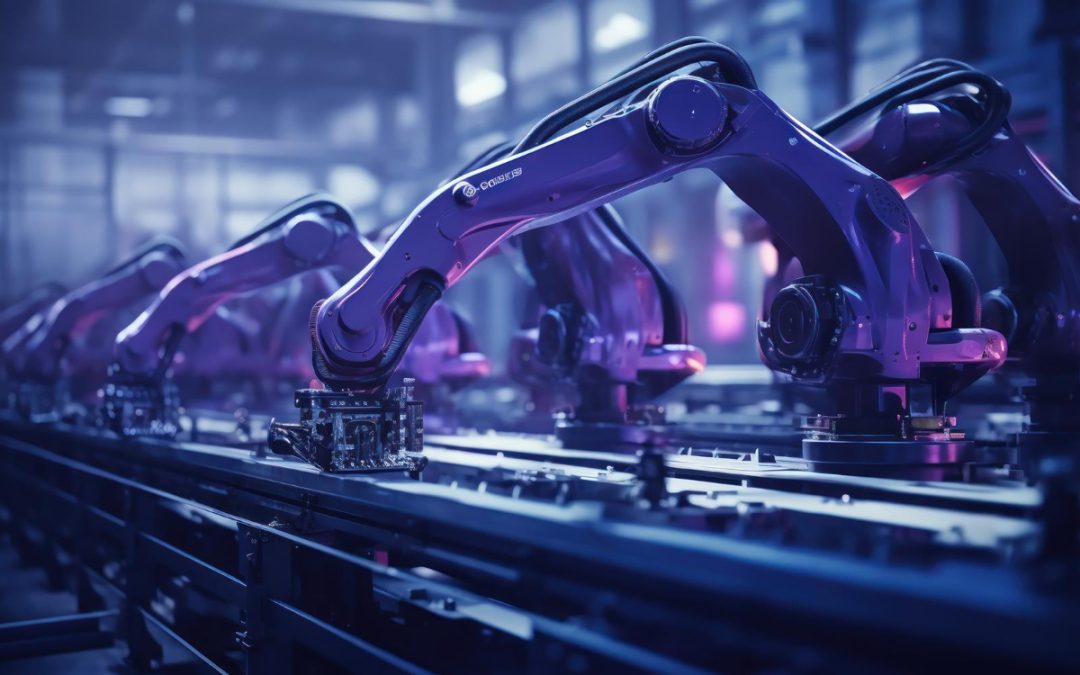Automation is no doubt about the key element of structural and economic success now. Nevertheless, the automaticity process may meet the organizations with a multiple kinds of automation challenges that under the condition of being neglected may prevent automation and may lower success possibilities. Moving forward, let us discuss clarity and strategy one by one and identify realistic automation challenges and their solutions towards the issues to address them effectively.
9 Most Common Automation Problems and Their Solutions.
Let’s look at these most common automation problems and their solutions one by one and see if you are facing the same:
1. Unrealistic Expectations
High-level expectations about capabilities of industry automation may result in a letdown and automation challenges to effectiveness. Companies may be fooled into the idea that automation can take care of everything, because of which they will not pay attention to manual testing and place more reliance on automation testing.
Solution
It is important to point out the automation challenges and their solutions as the expected achievements should not be determined beyond logic. Companies consider automation only as a supporting force and not a solution to every problem. Instant communication to stakeholders about the role of automation and using the latest requirements brief on the go can help perspective management appropriately take over manual testing.
Checkout: Major Advantages and Disadvantages of Industry Automation.
2. Tool Selection
Making the right decision of choosing an automation tool that best suits your business needs is important but an easy task when you have thousands of options in the market to choose from. Organizations can face challenges in industry automation, ranging from finding tools that can be used for their particular needs, to software that can be easily implemented into a single system they already have.
Solution
First, take a two-sided approach while doing an adequate examination of the tools. This is based on current needs of the organization in terms of the integration prospects and compatibility with the existing technology. Endeavour on extensive research, request references from industry professionals and perform demo testing in order to identify leading-edge tools to match your organization’s particularities.
3. Automating Useless Tests
A complex test automation process is likely to be carried out just for the sake of automation rather than considering test effectiveness and result usability. This behavior is a total waste of resources and time.
Solution
Perform a thorough test with the aim of determining which tests are best for the machine and based on the improvement they bring to the software and business objectives. Prioritize test automation for recurring test cases that have significant impact, while exploring alternative approaches to address automation challenges alongside manual testing for cases that require human judgment.
4. Timing of Testing
Nowadays tests are seen as subsequent to the development process and that contributes to systems being tested beyond a reasonable timeframe and weak field of coverage. This way of deployment blocks the timely detection of bugs and the subsequent adaptation of testing into continuous release mode.
Solution
Strive to give birth to a testing culture by including testing automation tools within the process of development itself from the beginning of the process. Introduction of test automation in addition to the sources of development gives early bug spotting, introduction of rapid feedback, and execution of defects all the way to CI/CD pipelines.
Checkout: Industrial Automation: The Machine Parts behind the Motion
5. Lack of Proper Testing
Heavy reliance on software in testing can stimulate incorrect attitude to testing safety and lead to inefficient practices on software testing. The effectiveness of testing i.e. test execution is generally favored over the significance of test design, and the need for a manual approach as being a critical component is often neglected.
Solution
Provide progressive education for AI (Artificial Intelligence) tester in order to ensure that they are properly trained to use automation productively. Reinforce the significance of the stable testing models which comprise the automation-manual testing tandem with exploration testing strategies.
6. Employee Resistance
Employees’ resistance to automation can come out strong and posits a serious problem to adoption, attributing this to the fear of losing jobs, lack of understanding or doubtfulness about the usefulness of automation.
Solution
Critical employee resistance calls for a strong voice, awareness, engagement and training. Conduct upskilling and training session to ensure that employees see automation as a tool that only help them to improve productivity and effectiveness while performing their duties.
7. Integration Issues
Integration difficulties emerge in terms of system compatibility with legacy systems and data falls and they are always setbacks for automation process and an automated testing would be less effective.
Solution
Technology integration is an important part of selecting automation tools and technology framework, so make integration a priority. Look for devices that have flush connection capabilities and won’t be a problem to integrate into existing systems. Joint working with IT and development fails to successfully settle any integration issue quickly, otherwise it will hinder business goals.
8. Lack of Flexibility
Flexibility is a major issue in most accessible automation solutions. The challenges of automation are that they may not be able to keep pace with changing business conditions as well as emerging requirements or may limit their usefulness and performance.
Solution
Adopt modular automation frameworks and flexible testing approaches that can accommodate changing requirements and evolving business priorities. Regularly assess and update automation strategies to ensure alignment with business objectives and technological advancements.

9. Over-Dependency on Technology
Over-reliance is one of the major challenges of automation, as it can create risks, such as reduced human oversight, susceptibility to system failures, and reduced test effectiveness.
Solution
Mitigate the risk of over-dependency on technology by fostering a culture of collaboration and human oversight alongside automation. Implement redundancy plans, manual fallback procedures, and continuous monitoring to address potential technology failures and ensure testing effectiveness.
Conclusion
In conclusion, by understanding and addressing these automation challenges and their solutions with practical and a strategic approach, organizations can navigate the complexities of automation implementation effectively and unlock the full potential of automation to drive business success.


